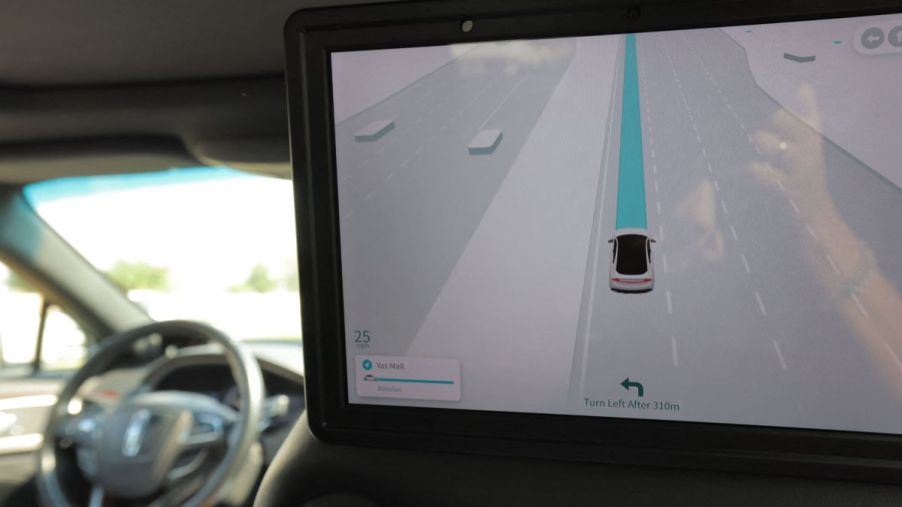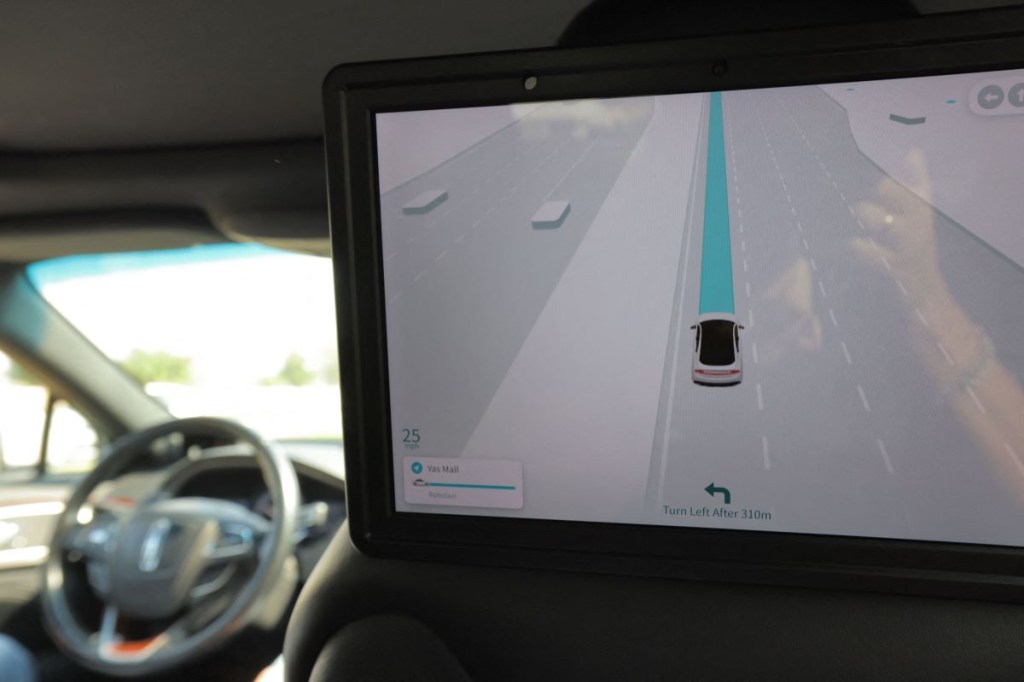
Flying Cars vs. Self-Driving Vehicles: Which Technical Marvel Is More Likely to Come First?
A common vision of the automotive industry’s future always includes flying cars, casually zooming over the roadways in the air on our way to work or school. Another image is that of truly autonomous vehicles, or self-driving, getting us from here to there without lifting a finger or paying any attention to the traffic. Is either of these futuristic transportation visions close to being a reality? If so, which will come first?

The future of flying cars
CNBC reports that flying cars could be here a lot sooner than we think. Hugh Martin of Lacuna Technologies says that a flying car could be commercially available in 2024. However, new regulations will have to be put in place first for a new form of air travel. Cities will have to determine where cars are allowed to take off and land, spacing between cars, and the hours they can be in the air.
Industry specialists believe that flying cars will be more like large drones or tiny, two-person helicopters rather than airplanes, says the BBC. Flying cars that would need actual runways would be wildly impractical, so researchers are looking at Vertical Take-Off and Landing (VTOL) ability. Future flying vehicles will use the same principles as an autogyro, with rotors that fold against the roof when not in use.
According to EuroNews, companies such as Toyota, Geely, Uber, and Boeing are all looking at ways to reduce weight and increase the efficiency of prototype models. Many people argue that 2024 is too soon for a commercial release due to difficulties bringing high cost down and complexity of operating the vehicle down.
Self-driving cars timeline
Another staple of futuristic science fiction movies is the autonomous or self-driving vehicle. While it’s true that Tesla has its groundbreaking autopilot system, it is not an actual autonomous system. The vision is cars come pick you up, drive you where you need to go with no input or attention required. According to Vox, Ford had predicted an autonomous car service in 2022, but there is no sign it’s happening.
Yahoo News reports that there are different levels of autonomous vehicles. Like Tesla’s Autopilot or GM’s Supercruise, current systems are Level 2 autonomous. This means a computer controls the steering, but a human must intervene if necessary. Level 4 autonomous is the second-highest level and means a driver is never required. These could arrive in 2024 or 2025, most likely beginning with robotaxis.
The safety of flying cars and autonomous vehicles
One of the main issues with the timelines for both flying cars and self-driving cars is safety. Car manufacturers must perfect the sensing technology to prevent pedestrian accidents and avoid hazards. AI, cloud computing, and 5G will eventually work together to map the most efficient routes and make vehicles obey traffic lights and speed limits.
One of the main safety concerns with flying cars and self-driving cars is the unpredictability of other human drivers. The AI in autonomous vehicles will have to react to all the other vehicles still powered by human drivers.
NASA and the Federal Aviation Administration are currently working on air space regulations to monitor self-driving cars and prevent mid-air collisions in the future. Cities will also have to develop laws and regulations to ensure the safety of drivers and innocent bystanders. These concerns likely mean that timelines are optimistic at best for a commercial release of these vehicles.


